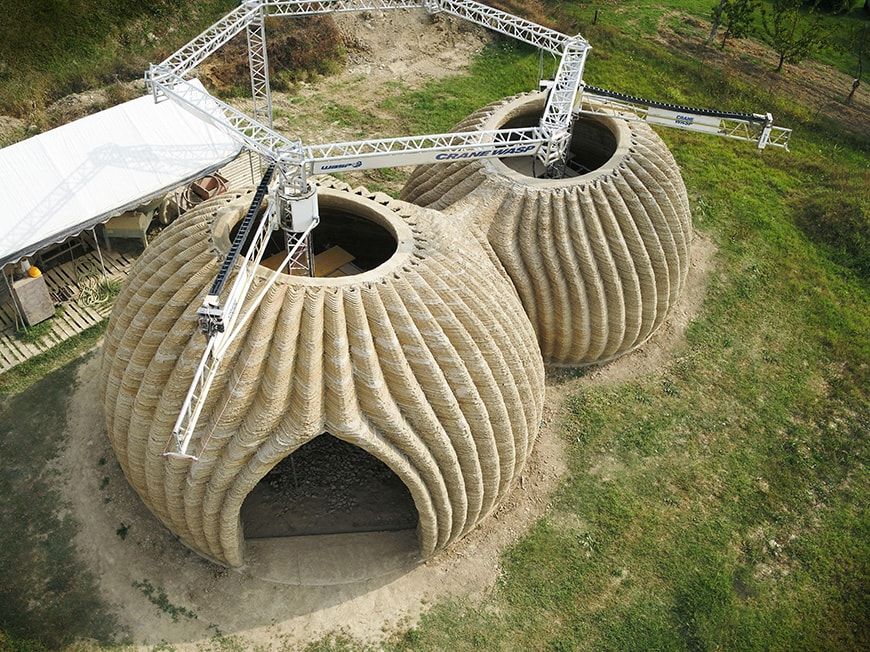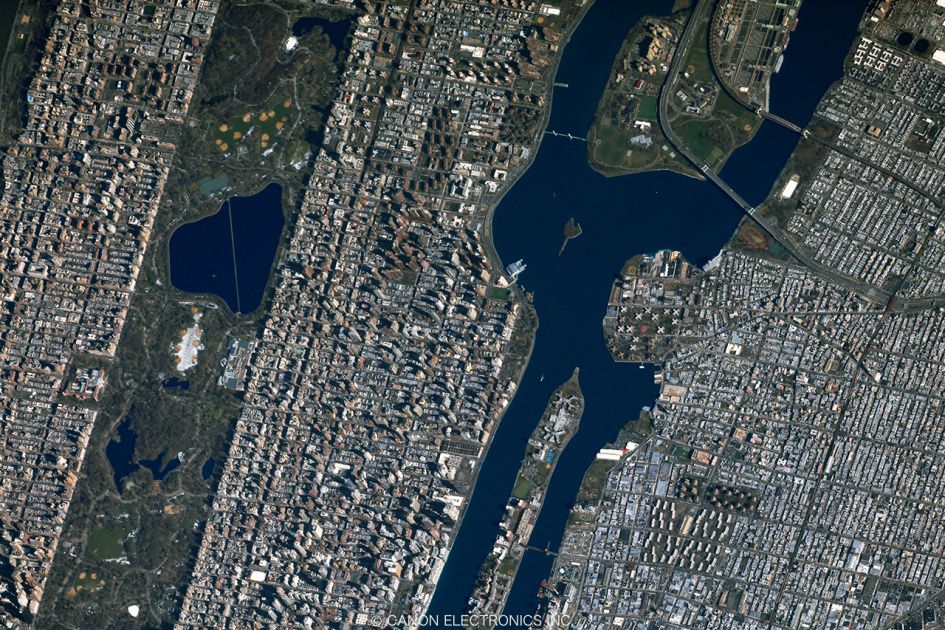🛡World’s First EMP Defense Technology. Protects Your Entire Home’s Electrical System!
🔥Available to the Public Now!



Whether toting the neighborhood kids home after soccer practice or loading up for a road trip, SUVs offer the ultimate in vehicle utility. If you’re in the market for an electric SUV though, the options are both few and pricey. Unless of course you head on over to the coolest little corner of the web, the electric vehicle market on Alibaba.

Property rights of some type are needed in space to establish reliable operations based there, Yet the 1967 Outer Space Treaty is a huge challenge to this. See the countries that did not sign the 1967 outer space treaty, Credit to the L5 Society for stopping the moon treaty, See an introductory talk on what we can do about this. Also see that Asgardia was NOT the first space nation!
You can support Galactic Gregs by supporting the sister channel Green Gregs by clicking the links below:
See the Special Deals at My Patriot Supply (great space mission food): www.PrepWithGreg.com.
For gardening in your space habitat (or on Earth) Galactic Gregs has teamed up with True Leaf Market to bring you a great selection of seed for your planting. Check it out: http://www.pntrac.com/t/TUJGRklGSkJGTU1IS0hCRkpIRk1K


“TECLA (an acronym which stands for “Technology and Clay”) is a habitat consisting of two interconnected housing units, each covered by a semi-spherical dome. The units have been built using multiple Crane Wasp printing units operating simultaneously. Crane WASP is defined by the manufacturer as “a collaborative 3D printing system capable of printing houses” and can print various materials — such as earth-based materials, concrete mortar, and geopolymers — with a maximum speed of 300 mm/s and a maximum printing area of 50 sqm per unit. The design of the habitat features two or more “cocoon-like” housing units, whose shape vaguely resembles that of a sea urchin, in which structure, insulation, and finishes coincide. The thick raw earth walls of the units have a hollow structure consisting of several clay “waves”, which makes them at the same time relatively lightweight, resistant, and highly insulating. About 200 printing hours are required to build each unit, which consists of 350 clay layers, each 12 mm thick.”
Designed by Mario Cucinella and build by WASP, TECLA is a prototype house near Ravenna, Italy, made by 3D-printing a material based on locally-sourced clay.


Rather than releasing any new cameras for CES 2021, Canon is doing something different: Letting you take pictures from space. The company has unveiled an [interactive site](https://redefinethelimits.us/space/cornerstone/experience) that allows you to use its CE-SAT-1 satellite, equipped with a lightly modified 5D Mark III DSLR, to grab simulated photos of locations including New York City, the Bahamas and Dubai.
Canon launched the wine barrel-sized microsatellite back in June of 2017. It holds an EOS 5D Mark III camera that’s fitted with a 40 cm Cassegrain-type (mirror) 3720mm telescope. Orbiting at a 600 km orbit (375 miles), it provides about a 36-inch ground resolution within a 3×2 mile frame, Canon claims. (By contrast, the world’s highest-resolution satellite, [WorldView-4](https://apollomapping.com/worldview-4-satellite-imagery?gclid=EAIaIQobChMI8pSTqdud7gIVC5_VCh2KjA6NEAAYASAAEgLrT_D_BwE), can resolve down to 12 inches.) It also houses a PowerShot S110 for wider images.
Take ‘photos’ of Earth from space with Canon’s 5D Mark III camera.
Canon.
The interactive demo allows you take images from multiple locations, with each shot showing the location and altitude of the image. However, it uses pre-captured imagery, so you’re not actually grabbing live or unique photos. If it was live, CE-SAT-1 would be zipping around the Earth at nearly 17, 000 miles per hour, circling the globe in just over an hour and half. The demonstration does give you a feel for the satellite’s capabilities and resolution, however.
The experience is narrated by astronaut Marsha Ivins, who explains the satellite’s purpose and design. The microsatellites are much smaller and cheaper than regular satellites, and Canon hopes to build a [billion dollar business](https://en.canon-elec.co.jp/space/) around them by 2030. After launching the CE-SAT-1 in 2017, Canon attempted to launch an updated [CE-SAT-1B](https://www.engadget.com/watch-rocket-lab-canon-satellite-launch-191456033.html) last summer. However, it was lost when RocketLab’s Electron rocket [failed](https://www.engadget.com/rocket-lab-13th-mission-failure-142717244.html) shortly after launch.

This eco village is 100% self-sufficient
